3D printed fashion is a varied market, from jewelry you can 3D print at home to high-end fashion designers looking to 3D printing for bespoke and durable pieces.
While previously hamstrung by impractically rigid filament, innovative projects have spent the last decade devising workarounds to make industry disruption a more realistic prospect.
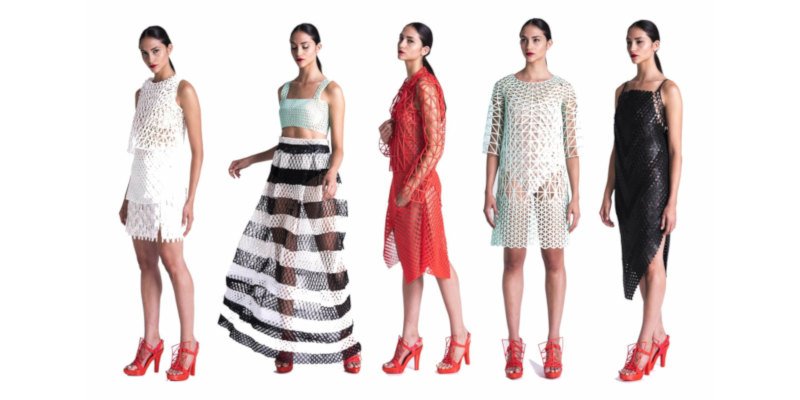
In this guide I’ll share my favorite 3D printed fashion projects for jewelry, shoes, and dresses, each leveraging 3D printing to propel fashion forward.
From offering limitless personalisation to flexible “print-at-home” fulfillment, let’s dive into how 3D printing is shaking up catwalks and wardrobes in 2023.
3D Printed Fashion in 2023
- Jewelry – From Traditional Molds to Bespoke 3D Printed Designs
- Shoes – High-Fashion Debuts and Customized Comfort Innovations
- Garments – Pioneering 3D Printed Dresses and Future Fashion Visions
- Challenges of 3D Printed Fashion – Cost, Performance, and Durability
- A Vision of the Future – Sustainable and Customizable 3D Printed Fashion
Jewelry
Initially, 3D printing was used in the production of jewelry in a process called lost wax casting, usually taking the form of molds for rings, bracelets, and pendants. Eventually, 3D printed parts made their way to more luxury items.
RADIAN Design
- Brand: Radian
- Price: $33 – $1902
- Where to Buy: Radian Design
Radian Design is a 3D printed jewelry company based in Berlin. Their mission is to make beautiful, affordable pieces in a sustainable and environmentally-conscious way.
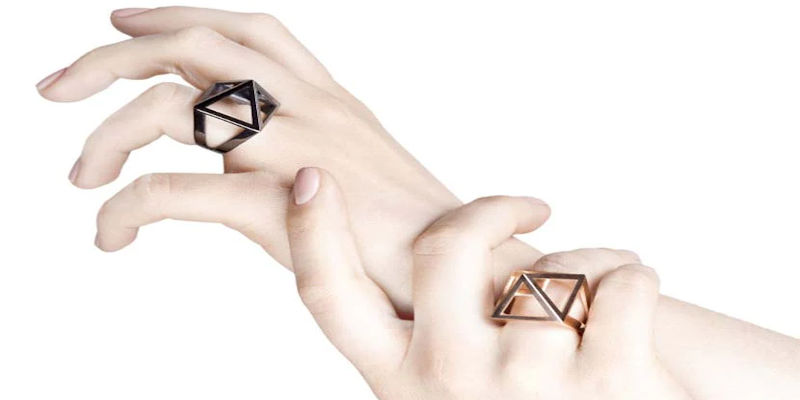
They focus on ‘statement jewelry’, which in the fashion world means all their designs are made to fit each customer’s personality. They can do this by making jewelry with abstract shapes and complex designs, which are easier achieved with 3D printing compared to traditional methods.
Lace by Jenny Wu
- Designer: Jenny Wu
- Price: $25 – $3,600
- Where to Buy: Jenny Wu Lace
Jenny Wu is an architect who always merged art into her designs, expressing her creativity with her interest in 3D printing in the fashion industry. After a successful run of 3D printed necklaces, she took to making Lace, a 3D printed jewelry line with everything from rings to bracelets made using selective laser sintering (SLS).
Lace stands out amongst other 3D printed jewelry designers by creating concept prototypes before the final print.
This allows the customer to see how the finished product will look, and whether they want to tweak a little further before they buy.
Once the design is perfected, Jenny Wu’s Lace then prints the final piece using plastics and metal, tackling complicated shapes with ease to create truly unique, bespoke jewelry.
Earth Symbols
- Designer: Jade Newman
- Price: $2 – £10
- Where to Buy: Earth Symbols
Earth Symbols is an independent UK-based company that uses thermoplastics and wood-based filaments to print creative, cheap jewelry that’s visually pleasing and environmentally sound.
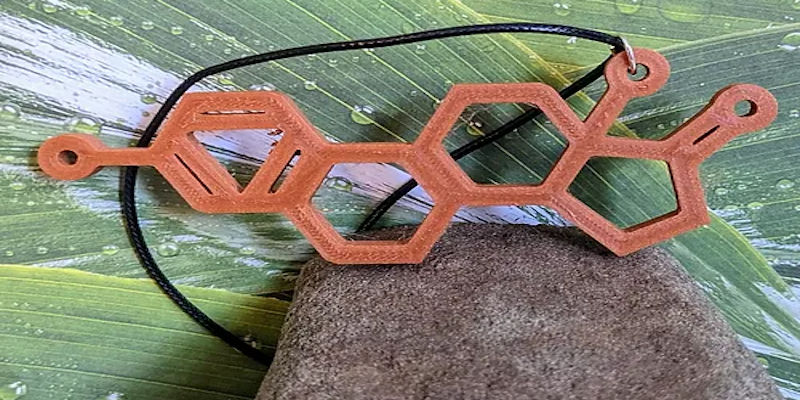
Using only biodegradable filaments, designer Jade Newman makes a range of rings, necklaces, and earrings in creative and abstract shapes.
The pieces are all very affordable, maxing out at £8 (around $10) for some unique pieces that make great personal buys or excellent gifts.
Shoes
Dior Derby
- Brand: Dior
- Price: N/A
- Where to Buy: Not yet available
Paris Fashion Week in January 2023 saw some incredible additions to the 3D printed fashion industry from fashion designers all over the world. One stand out was the Dior Derby, and because Dior is no stranger to 3D printing for fashion, they practically stole the show with their 3D printed shoes.
They chose to print it using TPU filament for their new shoe collection because of its flexibility and strength, but made sure to keep the overall look of their existing Derby line.
The 3D printed Derby set will be available for purchase in late 2023, and Dior claims that they really are as strong and comfortable as they look.
Reebok x Botter
3D printed shoes benefit from additive manufacturing’s ability to produce complex geometrical shapes that would be impossible with traditional manufacturing processes.
This was the thinking behind clothing producers Reebok and Botter’s collaboration when they made their own line of amphibious 3D printed shoes based on the venus comb shell. These shoes were also revealed during Paris Fashion Week, and are designed as the perfect combination of fashion and sportswear.
ECCO 3D Printed Midsoles
- Brand: Quant-U
- Price: Available on appointment
- Where to Buy: Quant-U
ECCO first announced their 3D printed midsole design back in 2018, promising maximum comfort by ensuring every single midsole is 3D printed to a customer’s exact needs.
Unlike most bespoke 3D printed shoe companies, ECCO encourages you to make an appointment for a 2-hour session where they measure foot size, gait, and walking style. With the data collected from this session, they make a digital file for the midsole that’s perfect for you.
Zellerfeld
- Designer/Brand: Zellefeld
- Price: $185 – $370+
- Where to Buy: Zellerfeld
Zellerfeld is one of the top 3D printed shoe manufacturers, making bespoke footwear for anyone who wants an eco-friendly alternative to traditional shoe stores.
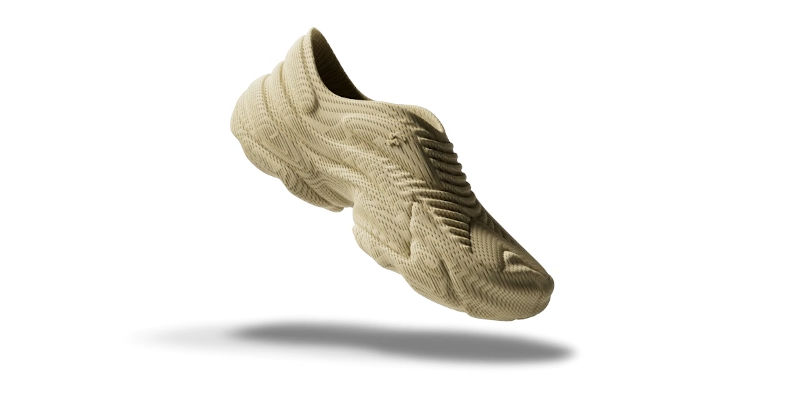
Each pair is made to order, meaning Zellerfeld has no need for factories or warehouses, significantly reducing the wasted material and space created in mass-production. Every pair of 3D printed shoes by Zellerfeld is also completely recyclable.
Garments
3D printed fashion has made tremendous strides in shoes and jewelry in recent years, but full garments are still a long time away from being on the sales racks.
There are, however, a few projects paving the way to show how additive manufacturing could be used in the future to produce truly practical high-fashion garments.
Kinematics Dress
- Designer/Brand: Nervous System
- Price: $3000+
- Where to Buy: Currently unavailable
The Kinematics dress was designed with the idea of using 3D printing for 3D shapes, specifically calling out how odd it is that we make clothes with flat materials rather than taking advantage of a body’s natural shape.
This is why Kinematics garments are tailored to fit perfectly. Like traditional clothing, the dress is made from thousands of interlocking parts, but made with nylon filament that’s closer in kind to hinges than to woven fabric.
Because this 3D printed dress is designed to fit perfectly, the dress moves and flows with the body rather than despite it, making it an impressive piece of wearable art that’s sight to behold when in motion.
Sophy Wong 3D Printed Dress
- Designer/Brand: Sophy Wong
- Price: N/A
- Where to Buy: Not for sale
Unlike many other 3D printed garments which aim to create entire wearable pieces with 3D printing, Sophy Wong experimented with 3D printing directly onto fabrics as a design method.
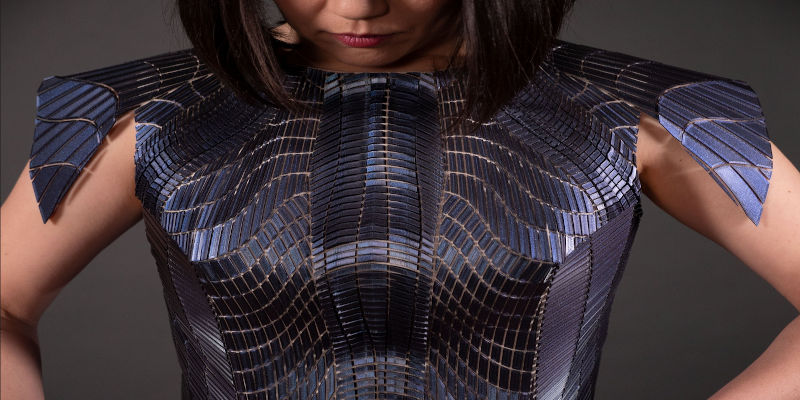
This technique saw the creation of her own partially 3D printed dress, which is an excellent and viable alternative to traditional designs while avoiding the current pitfalls of entirely 3D printed clothing.
Danit Peleg Collection
- Designer: Danit Peleg
- Price: N/A
- Where to Buy: Not for sale
Danit Peleg leveraged TPU’s properties in her 2015 collection, “Liberty Leading the People“, creating lace-like patterns resembling cloth. The garments were light, flexible, strong and formed naturally to the body, made using desktop 3D printers in her home, hinting at the technology’s potential for democratizing fashion.
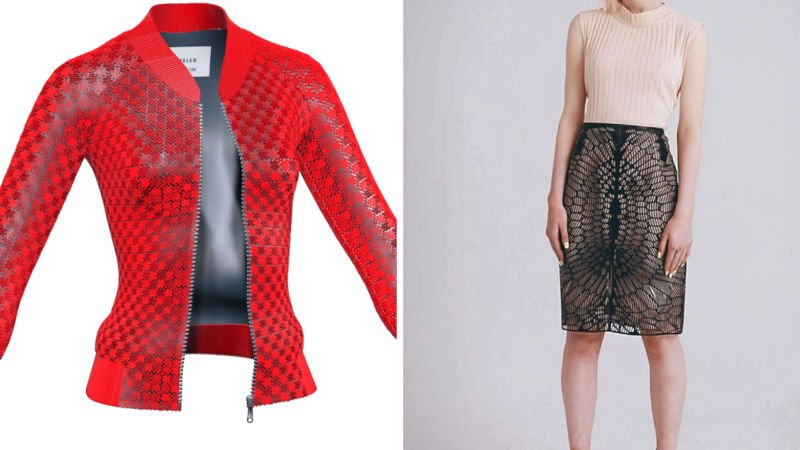
Julia Daviy Collection
- Designer: Julia Daviy
- Price: N/A
- Where to Buy: Not for sale
The field has since evolved with innovative techniques and polyurethane blends. Julia Daviy’s 2018 “Liberation Collection” is a striking example, employing soft, flexible thermoplastic – 70A TPE (Thermoplastic elastomer) – to create clothing that emulates conventional streetwear, contrasting with the abstract, futuristic aesthetic common in 3D printed fashion.
The Obstacles to Mainstream 3D Printed Fashion
Despite 3D printed clothing now close to matching conventional fabrics in comfort and flexibility, it struggles to make the leap from runway to mainstream due to cost and effectiveness.
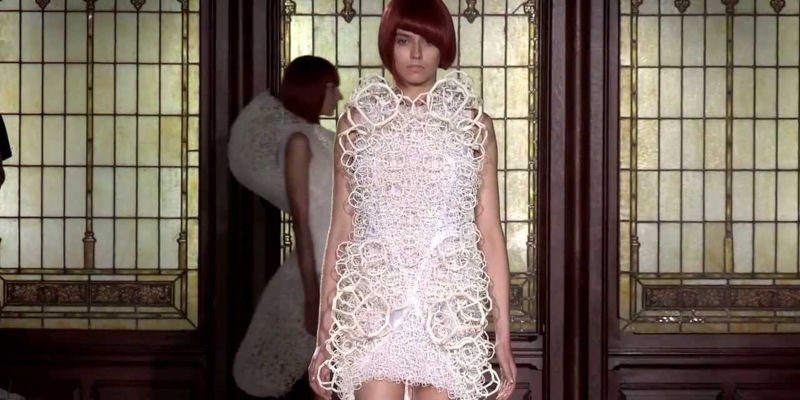
Cost
3D printed clothing is currently expensive due to the time and expertise required in the process. For example, Danit Peleg’s jacket, one of the few commercially available pieces, takes over 100 hours to produce and costs $1,500. Likewise, Julia Daviy’s made-to-order skirt costs between $780 to $1,500, making both pieces unaffordable for most consumers.
Performance of 3D Printed Clothing
3D printed clothing underperforms conventional materials in most situations. Synthetic fabrics like polyester and spandex excel at moisture management during exercise, while TPU, a common 3D printing material, can trap sweat and cause discomfort.
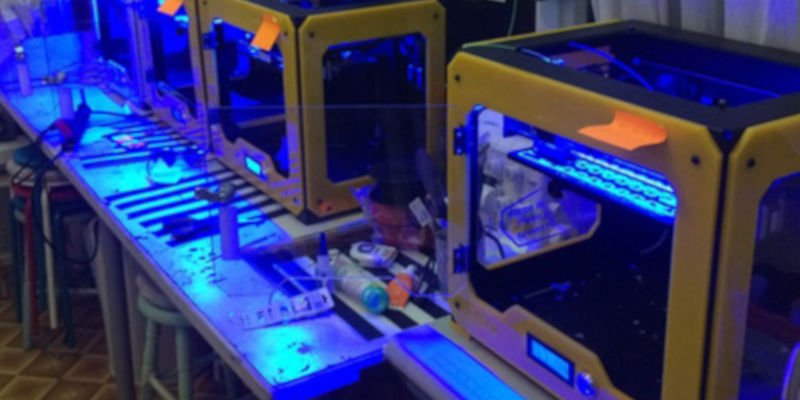
In terms of weather resistance, cotton and natural fibers provide better insulation in cold weather than filament layers, and 3D printed garments can discolor or warp in prolonged sun exposure. Materials like PETG withstand weather better, but their rigidity makes them unsuitable for most clothing.
High performance is only achieved by using bespoke composite filaments (or novel structuring ideas like the Kinematics dress), meaning there’s usually a trade off in terms of performance and price.
Durability and Convenience
3D printed fashion struggled to find a flexible, robust material until thermoplastic polyurethane (TPU) was introduced. Traditional filaments were rigid, unfit for clothing which needs to flex with the body and withstand daily activities. TPU, invented in 1959, became a viable, elastic 3D printing filament in 2013 with the advent of Filaflex and TPU 92A-1.
3D printed clothing is more fragile than conventional materials, with daily wear and tear quickly degrading the soft filaments and mesh structures. Moreover, most 3D printed materials require hand washing, further reducing their convenience compared to machine-washable conventional fabrics.
A Vision of the Future
As this 2020 study on the outlook of 3D printed clothing shows, 79% of people would be happy to wear a 3D printed dress, with 88% in total believing 3D printing would be beneficial to the fashion industry.
Even studies as far back as 2018 showed 3D printing’s potential for sustainability and eco-friendliness when used in the fashion industry, arguing that 3D printing could revolutionize the fashion industry by minimizing its carbon footprint.
Custom-made clothing, printed at home, eradicates waste and shipping impact, while avoiding unethical production practices.

However, the issue of microplastics remains unresolved. While some filaments like PLA are recyclable and biodegradable, others aren’t. If materials used are 100% recyclable, clothing could be turned back into filament for reuse, presenting a potential solution to fast-fashion and wardrobe clutter.
Imagine traveling to a wedding with only toiletries, purchasing a suit design online, and printing it at your hotel. After the event, the suit recycles back into filament for future use. This vision was suggested by Danit Peleg in her 2016 TED Talk, where she likened the future of fashion to the digital transformation of music.
“Music was once a very physical thing. You would have to go to the record shop and buy CDs, but now you can just download the music. Digital music. Directly to your phone. Fashion is also a very physical thing. And I wonder what our world will look like, when our clothes will be digital, just like this skirt is.”
With the current pace of 3D printed fashion, this reality might not be far off.
Read more: the best fashion design apps and software















